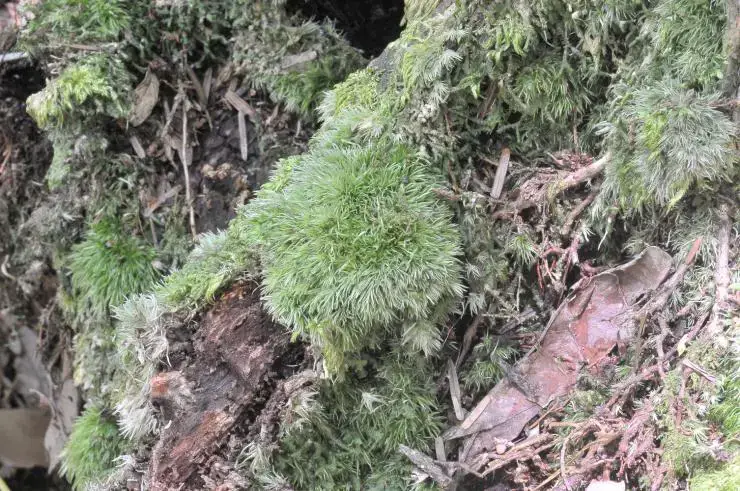
7037e79d418c961c5141889e083833ce.jpg from: https://taieol.tw/muse/digi_object/2355523fe7d6b11d4b7a8ac495911fd7
Exploring the Fascinating World of Breutelia subarcuata Moss
Introduction
Mosses may be small, but they play a big role in many ecosystems around the world. One particularly interesting species is Breutelia subarcuata (Müll.Hal.) Schimp., also known simply as Breutelia moss. This unique moss of the Bartramiaceae family has some fascinating characteristics. Let’s take a closer look at this tiny but mighty plant!
Background on Breutelia Moss
Breutelia subarcuata is a species of moss classified under the Bryophyta division and Bryopsida class. The Bartramiaceae family it belongs to contains around 400 species worldwide. Breutelia moss can be found in many regions across the globe.
Morphology and Identification
Breutelia moss has a distinctive appearance that helps with identification in the field:
- Stems are upright and often branched
- Leaves are lanceolate (lance-shaped) and have toothed margins
- Leaf midribs extend to the leaf tips
- Sporophytes (spore-producing structures) are curved and asymmetric
With its unique leaf shape and curved sporophytes, Breutelia subarcuata has a look all its own among mosses.
Global Distribution and Habitat
This adaptable moss has a wide distribution and can be found in:
- North America, including Canada and the U.S.
- Central and South America
- Europe
- Asia
- Africa
- Australia and New Zealand
Breutelia subarcuata grows in a variety of habitats, from temperate forests to mountainous regions. It often colonizes disturbed soils, rock surfaces, and tree trunks. The ability to grow on many substrates allows it to spread far and wide.
Ecological Roles and Adaptations
As a moss, Breutelia plays several important ecological roles:
- Helps retain moisture in its environment
- Provides shelter for small invertebrates
- Aids in nutrient cycling and soil formation
- Serves as a bioindicator of air and water quality
Breutelia has some remarkable adaptations that help it thrive:
- Able to survive desiccation by drying out and rehydrating
- Can photosynthesize in low light conditions
- Reproduces via spores, fragmentation, and gemmae
Conclusion
From its eye-catching appearance to its widespread distribution, Breutelia subarcuata moss proves that big things really do come in small packages. This tiny plant with a tongue-twister of a name serves as an important component of ecosystems spanning the globe.
The next time you’re out in nature, take a moment to appreciate the small but significant mosses all around you. You just might spot some Breutelia subarcuata during your adventures! What other mighty mosses have you encountered in the wild?